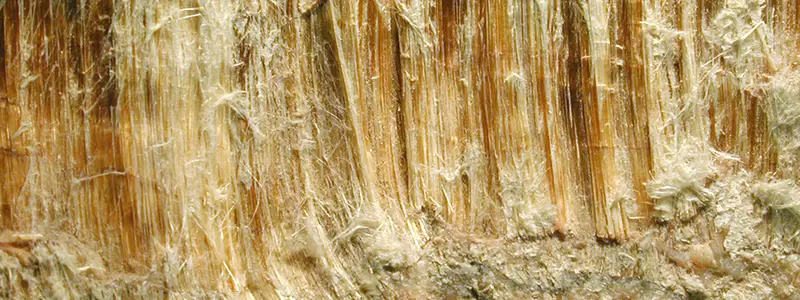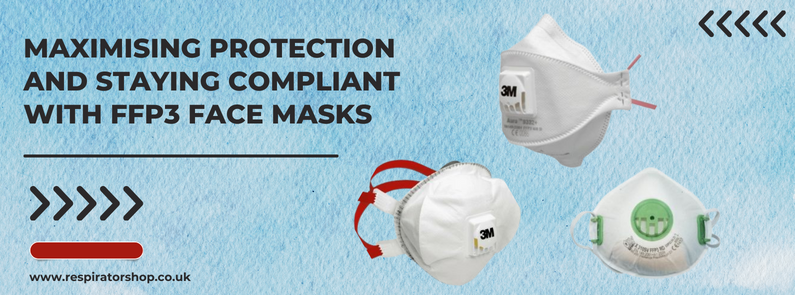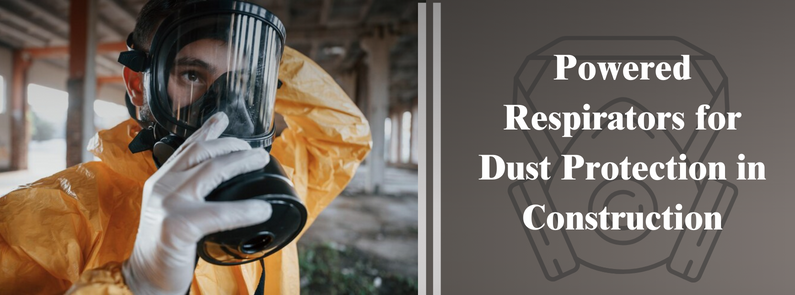
The Control of Asbestos Regulations 2012 which became effective from 6 April 2012 in the UK stipulates that stringent measures are taken to avoid fatalities and ailments due to asbestos exposure. Although the UK has banned asbestos, the effect of past exposure is a real problem and the use of protective material like asbestos masks is being advocated to tackle the issue. Buildings constructed or refurbished before 2000 may have asbestos which when disturbed can release harmful fibers. Asbestos is said to kill more people per year than road accidents and therefore it is important to understand the types of asbestos and how to identify them.
What is Asbestos?
Asbestos is the commercial term that denotes several types of fibrous minerals belonging to the silicate family. Asbestos has thermal-resistant and sound-absorbent properties because of which it was widely used in the U.K for electrical insulation. The U.K banned asbestos in 1999 due to findings that inhaling asbestos fibers caused many diseases. It also has strict regulations about asbestos disposal such as the use of asbestos bags to clear asbestos waste.
Adverse Effects of Asbestos
Exposure to asbestos can cause many diseases including lung cancer. The symptoms may not appear immediately, making it more difficult to diagnose and treat these diseases. Some of the common asbestos-related illnesses are
- Mesothelioma
- Asbestosis
- Pleural thickening
Types of Asbestos
Crocidolite, Amosite, and Chrysotile are the fibers commonly used in the UK, although asbestos can refer to six different minerals which include anthophyllite, tremolite, and actinolite.
- Crocidolite
This is the most dangerous type of asbestos because its short fibers can puncture the lining of lungs causing severe damage. Also called blue asbestos, Crocidolite was banned in the U.K in 1970. In case anyone suspects the presence of asbestos in buildings, it is better to wear PPE (Personal Protective Equipment) such as asbestos masks to avoid exposure to asbestos.
Products containing Crocidolite asbestos include:
- Cement Sheets
- Acid Storage Battery Casings
- Fireproofing
- Insulation
- Ceiling Tiles
- Amosite
Amosite is a dangerous type of asbestos which was used in rigid boards because of its strength. Also called brown asbestos, Amosite poses a higher risk of causing cancer than other asbestos types and import of the mineral into the U.K was banned in 1980. Therefore, plumbers and construction workers need to be aware of the associated risks and asbestos bags are required to be used for proper asbestos waste disposal.
Products containing Amosite asbestos include:
- Fire Protection
- Cement Sheets
- Gaskets
- Insulation
- Vinyl Tiles
- Roofing Products
- Chrysotile
Chrysolite is still being used in many countries despite the proven ill-effects on human health.
It was the last asbestos mineral to be banned in the UK because it was considered to be less risky than other asbestos types. Also called white asbestos, it was the most commonly used type of asbestos across the world. Workers are advised to wear dust masks that meet UN regulations always if a building is suspected to contain asbestos.
Products containing Chrysotile Asbestos include:
- Brake pads
- Cement Sheets
- Adhesives
- Fireproofing
- Insulation
- Drywall
- Gaskets
- Roofing Products
Identifying Asbestos
Visual identification of asbestos can be tricky because of the similarity of asbestos with several other construction materials. In order to accurately identify asbestos in a building, you may have to get the sample material tested by a specialist laboratory.
Homeowners, building inspectors, and homebuyers should have knowledge of asbestos and how to identify it in a building. Knowing the commonly used products containing asbestos in older homes can help in detecting the presence of asbestos. Undisturbed and undamaged asbestos can be immediately removed using asbestos bags by experts. Otherwise, the area can be sealed off from any possible disturbance to the asbestos.
Here are some of the products in your home that can contain that asbestos
- Vermiculite Insulation
- Air Conditioning and Heating Ducts
- Ceiling Tiles
- Fireplaces
- Window Putty
- Water Heaters
- Asbestos Roof Tiles in Garages
- Older Brake Pads and Clutches
Friable and Non-Friable Asbestos
The concentration of asbestos in Asbestos containing materials (ACMs) determines whether they are friable or non-friable.
- Friable Asbestos
Friable asbestos is more prone to damage and can more likely be broken by the human hand. It contains more than 1% asbestos by weight and therefore poses a higher risk than non-friable asbestos. Wearing appropriate dust masks and respirators with asbestos protection can safeguard workers from aerosols and smoke from asbestos.
Examples of friable asbestos are;
- Thermal insulation
- Insulation boards
- Spray-on coatings
- Non-Friable Asbestos
Non-friable asbestos cannot be damaged by the human hand and less likely to be broken. It is more resistant to damage and cannot be easily disturbed
Examples of non-friable asbestos are;
- Cement Sheets
- Vinyl Floor Tiles
- Decorative coatings
Contact qualified asbestos removal companies immediately if you identify asbestos in your home. High-grade protective material including asbestos masks must be worn by trained professionals during the removal process. Learning about the common asbestos products and creating awareness about asbestos protection can help mitigate the risks of asbestos-related diseases.





